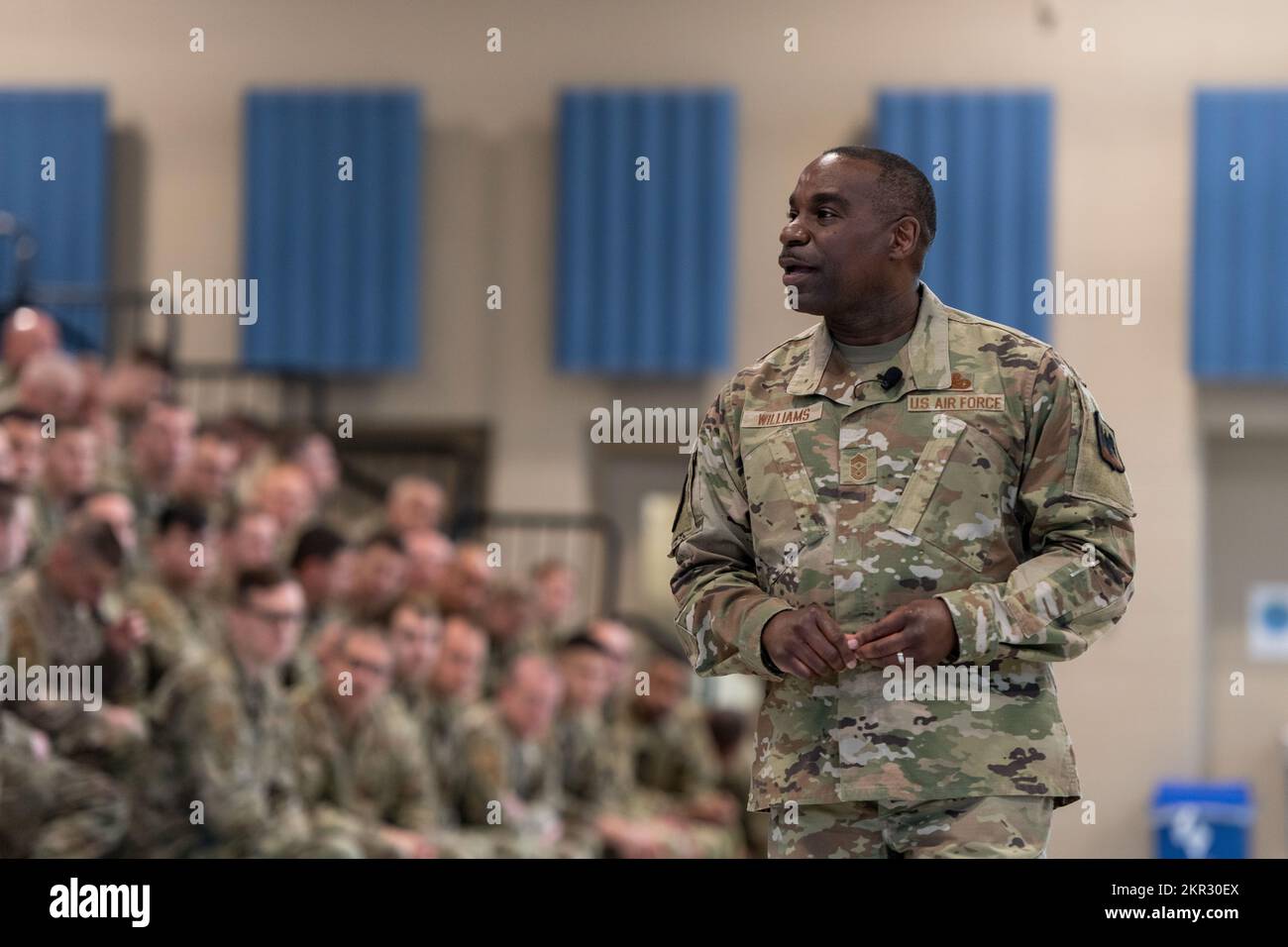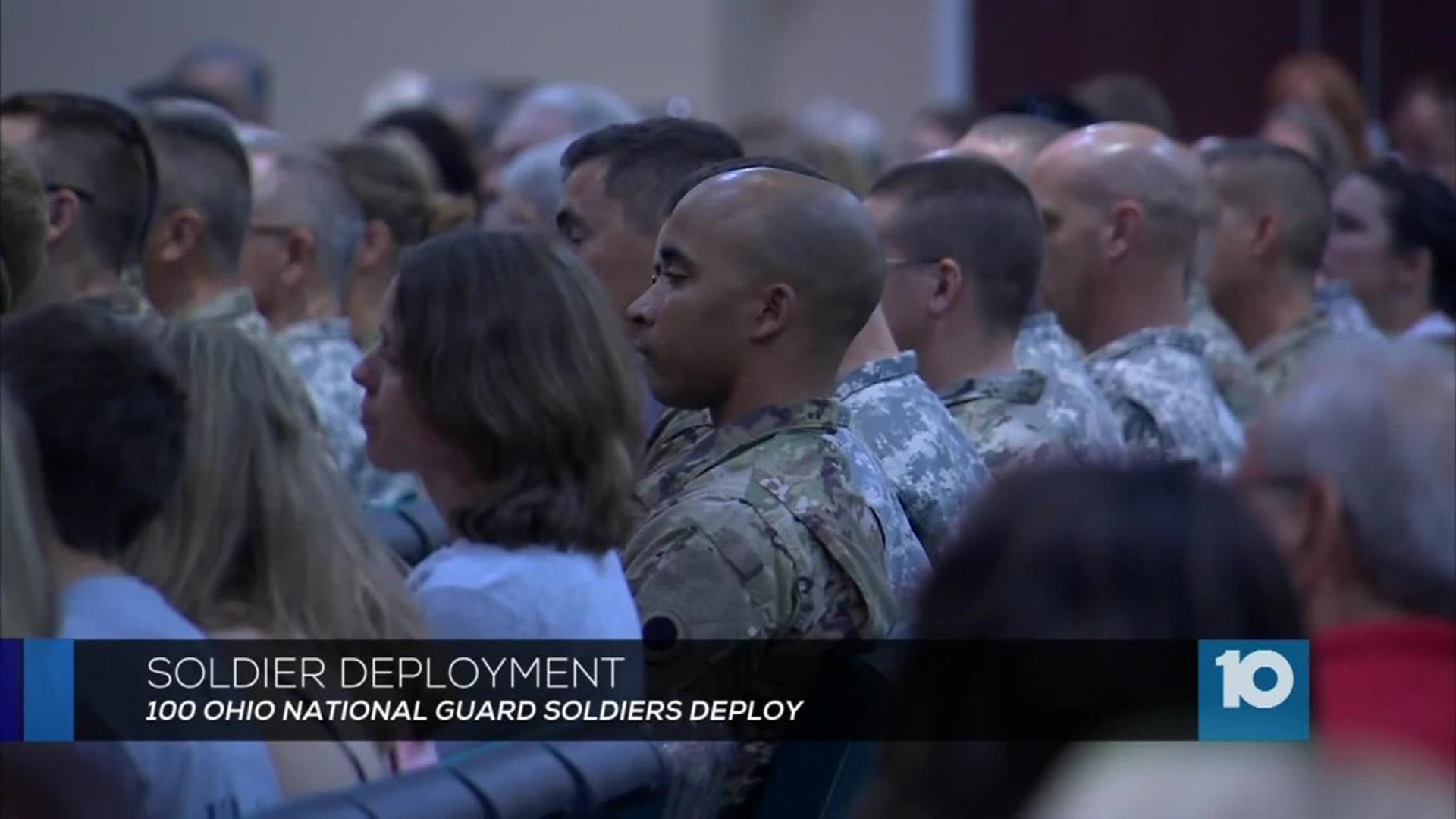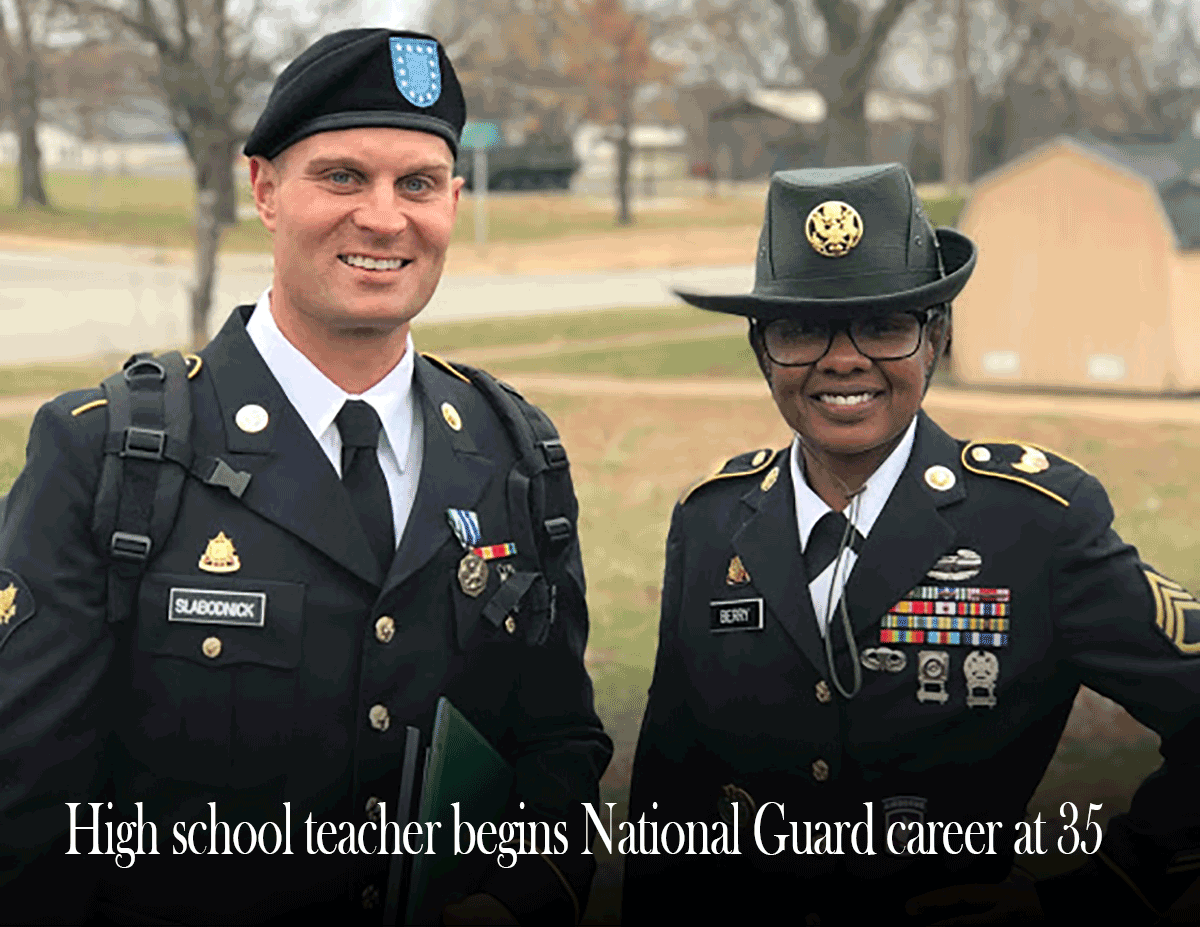Ohio National Guard Units - The Ohio Army provides infantry, artillery, artillery, engineering, transportation, water purification, air defense, cyber, logistics, administrative support, medical, and command personnel with training. and resources to carry out our federal warfighting mission as well as our federal mission to support local authorities during domestic emergencies. The 107 Army Guard units of the state are stationed at 44 training sites/areas and readiness centers across the country.
The Governor is the executive officer of the Ohio National Guard, and as such, has the authority to deploy the Ohio National Guard to support and assist local authorities during state or security emergencies. of the country.
Ohio National Guard Units

The lieutenant general is a member of the governor's cabinet and is responsible for commanding the Ohio Army National Guard, the Ohio Air National Guard, the Ohio Military Reserve, the Ohio Naval Militia, and the Ohio Science Reserve.
An Ohio Army National Guard Unit Hi Res Stock Photography And Images
The deputy general supervises the chief flag officers of these units in the daily operation and management of the organization's readiness, finances, personnel, equipment and real estate.
It is responsible for setting strategy, priorities, and oversight for the readiness of the Ohio National Guard through six major brigade-level commands.
Provides direction, guidance, resources, assistance and oversight to the Ohio Army National Guard Warrant Officer Corps by overseeing the development and mentoring of the Chief Warrant Officer while providing critical advice to the Assistant Adjutant General in relation to the affairs of the consenting officers.
He is an enlisted Senior Advisor to the Deputy Assistant Secretary of the Army. Keep track of all training and news about Ohio Army National Guard enlisted members and their families.
National Guard Support Critical To U.s. European Command > National Guard > Guard News
The president can direct National Guard personnel to active duty government duty during a national emergency, and can mobilize units to support active duty forces carrying out the functions of the Department of Defense.
16th Engineer Brigade provides command and control of subordinate units/teams. Executes, coordinates, directs and directs movement, incapacitation, survivability and general engineering support, in support of maneuver and support brigades. Enable customized power packs to be used for a specific set of purposes, targeted devices and built-in power protection. Reinforce the Brigade Group's Maneuvering Engineers.
The 37th Infantry Brigade Combat Team provides command, control and operational oversight of the brigade and its attached units.

The 73rd Troop Command provides command, control, and support to subordinate units in pre-deployment training (peacetime) and Home/non-deployed (sustainable) operations in order to maintain Be prepared and efficient in the order list. to be administered according to the prescribed method of preparation.
Ohio Army National Guard Shows Off New Generation Helicopters
The 174th Air Defense Artillery Brigade commands and coordinates the operations of Air Defense Artillery forces and other units assigned and assigned to the Army Theater.
The 371st Sustainment Brigade provides command and control for all units under the support brigade, coordinating current and future support operations for Expeditionary Sustainment Command (ESC) and Theater Sustainment Command (TSC).
The Special Troops Command (Interim) supports Ohio Army Guard units in all phases of sustainment, rehabilitation, and modernization so that units are ready to mobilize in support of emergency operations and strategy. national army. STC provides support to all Ohio National Guard units when called upon by the Governor of Ohio. STC provides organized, trained and equipped units to protect life, property and maintain peace. STC Soldiers will participate in national, state and local programs that support our community. This article needs more citations for verification. Please help us improve this article by citing reliable sources. Items that do not deliver may be objected to and removed. Find sources: "Ohio Army National Guard" – news · newspapers · books · scholars · JSTOR (March 2013) (search how and where to remove this message template)
The Ohio State Army is part of the Ohio State Army and the United States Army Air Forces. It is also part of the Ohio State Armed Forces, which includes the Ohio Naval Militia, the Ohio Army Reserve, and the Ohio Air National Guard. The Ohio Army National Guard is made up of various combat, combat support, and combat service support components. As of September 2010, its strength was over 11,400 soldiers. Its headquarters is the Beightler Armory in Columbus, Ohio. Many units conduct their annual training at Camp Grayling, Michigan.
File:37th Ibct Pass & Review.jpg
On May 4, 1970, the Guard units brutally opened fire on a crowd of anti-Vietnam War protesters and ordinary people standing on the campus of KT State University. The incident killed four people and injured nine others, an incident known as the Kt State shooting.
The Ohio National Guard can be traced back to its founding in Marietta, Ohio in July 1788. It is rooted in a glittering, early colonial tradition of citizen militias providing home security and law enforcement. These American Revolutionary War veterans and their families quickly organized local militia groups. The federal government passed the Militia Act of 1792, which required all able-bodied persons between the ages of 18 and 45 to serve in local militias and provide their own weapons and equipment. It also authorized the governor of each state to appoint an assistant general who would carry out the governor's orders and supervise the training and organization of units. Showing the distrust of many fathers in a large standing army, it reduced the military's ability to serve outside the kingdoms. And it gave effective control to the Governor rather than the federal government.
The United States' occupation of the Ohio Territory was contested by the natives of the area. A confederation of Indian tribes supported by the British carried out a campaign of raiding and pillaging the scattered villages, which led to many wars in the 1790s. The dangerous campaigns led by generals Josiah Harmar and Arthur St. Clair intensified Indian opposition to white immigration and threatened the existence of white settlements in Ohio. Geral "Mad" Anthony Wayne's decisive victory at the Battle of Fall Timbers (1794), outside old Toledo and the Treaty of Greville (1795). And so it was removed for the time being the threat of the Anglo-Indian army to the Ohio settlers. Although only a small number of Ohio soldiers participated in these campaigns, local militia groups formed important defenses to protect their communities from possible attack.

After gaining statehood in 1803, Ohio proceeded legally by creating a group of "state militias" and each town of importance provided its own local section. The military commitment of these local military units was very different, as well as their uniforms and weapons. The monthly military training was supposed to train the members to drill and shoot, but it was mostly a social and political event. In addition, each group was responsible for choosing its own officers, and the winners were often the most popular or able to provide an existing sour supply. mash.
D Day 75: Ohio National Guard Soldiers Who Were There
With the advent of war with Great Britain in 1812, there was a renewed interest in increasing the size and effectiveness of the army. Ohio Governor Josiah Meigs raised three divisions of Ohio militia in response to a planned invasion to drive the British and their Indian allies out of Canada (with the goal of annexing it to the United States). The first attempt came with the surrender of Fort Detroit to the British by General William Hull in late 1812. Although not in large numbers, Ohio soldiers were captured and released shortly after there with promises not to participate in further wars. Ohio soldiers participated in G. William Hry Harrison's efforts to recapture Fort Detroit and decisively defeat the British at the Battle of the Thames.
After the War of 1812 ended, the military system in Ohio abandoned its bureaucratic system and reverted to small units representing various municipalities throughout the growing state. urgent. With the last Indians leaving the federal borders and peaceful relations on the Canada-US border, a fully armed and trained army was needed. With the exception of a brief border dispute with Michigan that prompted the Governor to issue a military call, important local military meetings have also become the exception rather than the rule. The Mexican-American War of 1848 saw a renewed interest in reviving militias throughout the Land of Tyre. With the regular US Army at just over 13,000 strong, it became clear that any successful military campaign against Mexico would require the involvement of a large army. The Ohio played an important part, relieving several infantry and artillery units from the militia and volunteers. The 1st Ohio Volunteers were part of the army under G. Zachary Taylor and participated in the battles of Monterrey and Bua Vista.
It was during the Great Civil War, however, that the Ohio National Guard can directly trace its origins. Ohio played an important role in the war for the Union and was a major contributor of workers (including a crop of gifted generals including Grant, Sherman, Sheridan, McPherson, Griffin,). Since most of the existing military units were incorporated into the state's volunteer organizations, local security and control fell to groups of those exempted from state service. Young, middle-aged
Ohio army national guard units, national guard aviation units, pa national guard units, ohio national guard units locations, oregon national guard units, ohio national guard units list, national guard units in ohio, national guard medical units, national guard units, army national guard units, missouri national guard units, national guard infantry units
0 Comments